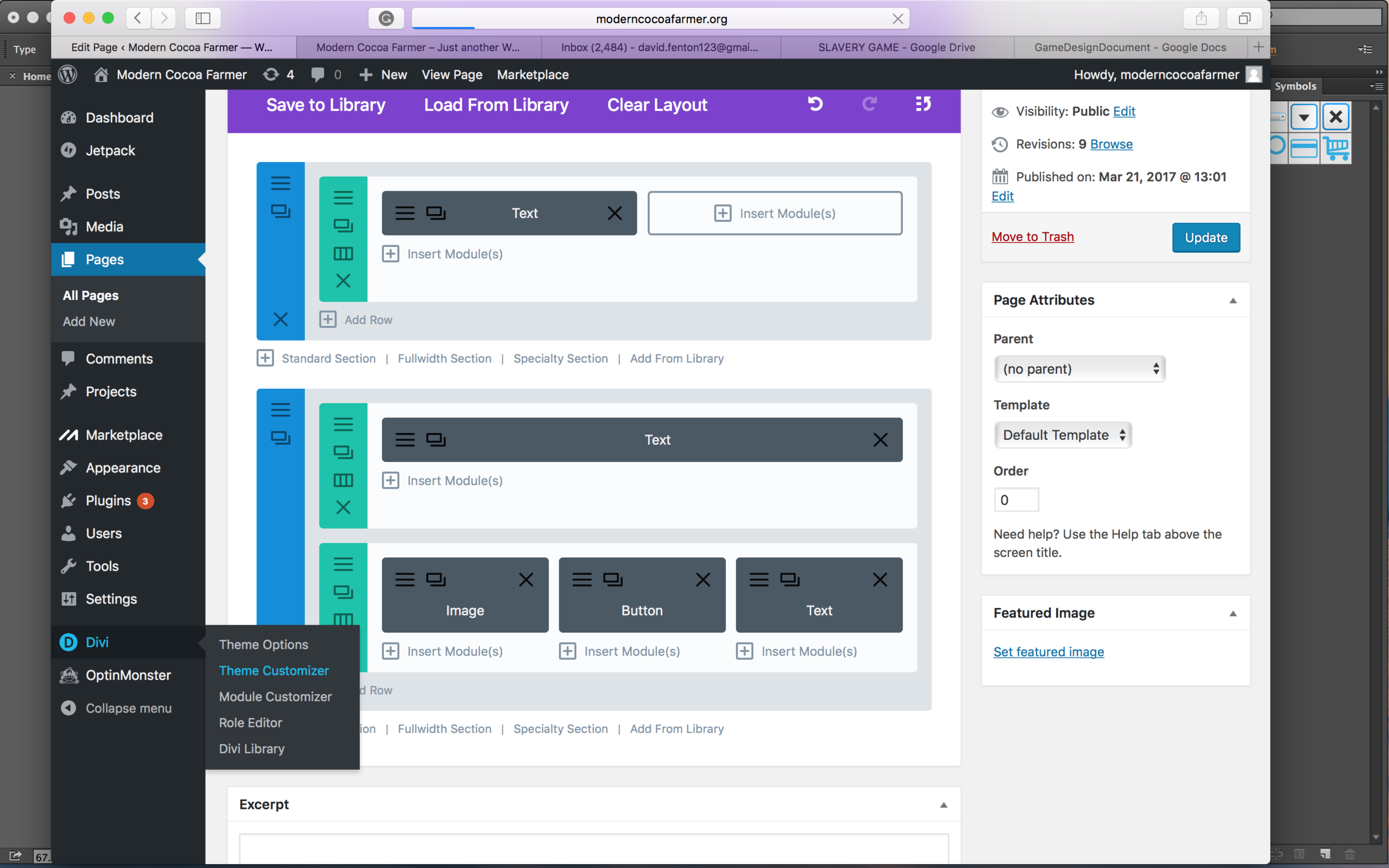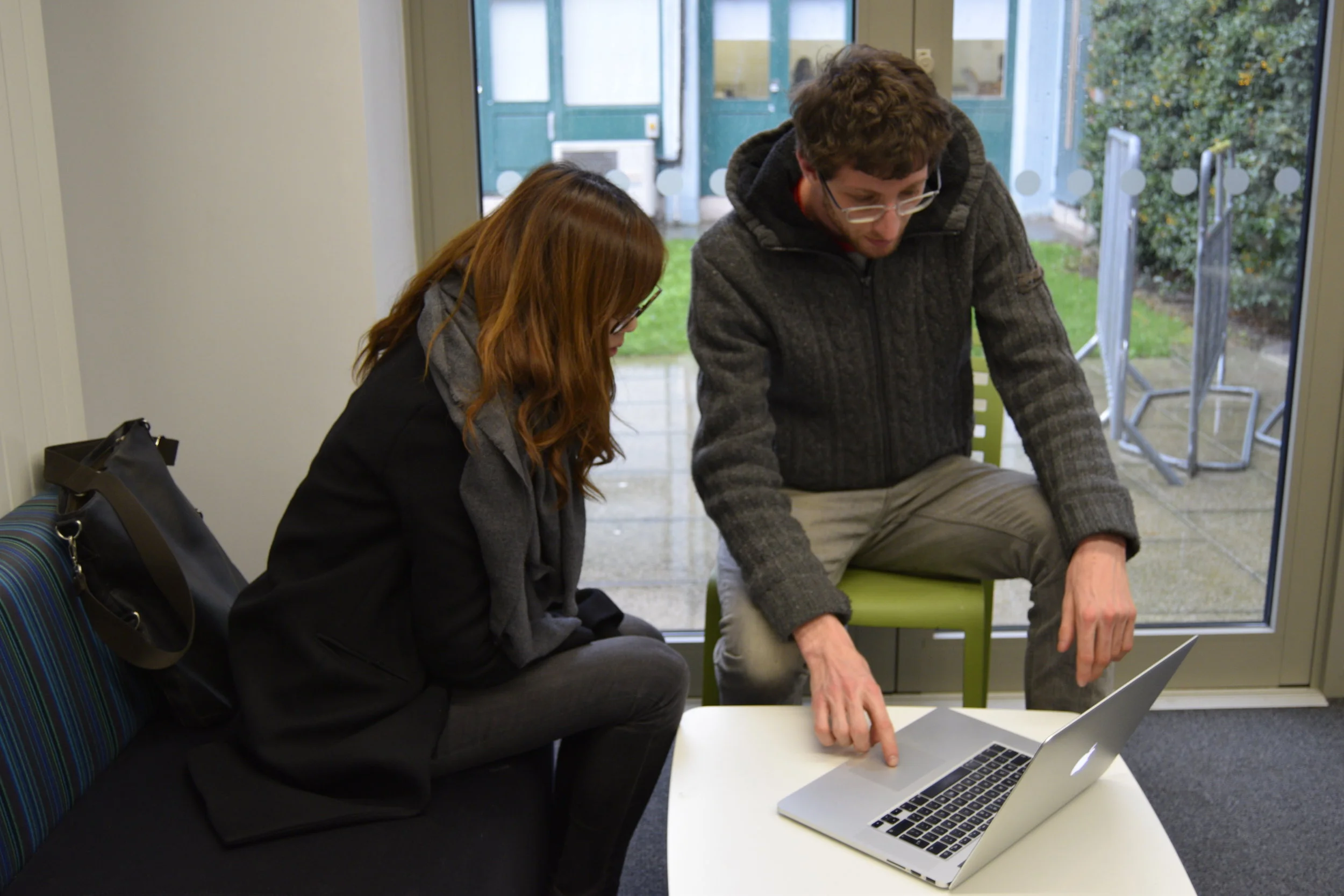So far in this project I have asked for help from:
Alan (programming/mechanics), Jade Wasabi and Erin Tomlinson (Music and SFX), Linda Spaggiari after effects and video editing, Fair Trade Foundation (Funding the project), Martin Conreen (Materials expert), Caroline Knowles (sociological materials expert), Mark Edmondson and Pete Rodgers ( hardware advisors), Ruby Rossini, (Photographer) and my tutors, friends and family. THANK YOU TO EVERYONE WHO HAS HELPED ME SO FAR, YOU ARE AWESOME!
I must consider Music, Programming, Funding, hardware, Advertising and distribution, Social platforms, user Experience, graphics and hardware.
In order to deal with the scale of this challenge I have found myself in the role of delegator and director of a small team. Trying to meet regularly to collaborate with Alan, Jade and Erin to make a working version of the game. I have been trying to document the process of collaboration as we all go along. So far I have been in charge of the graphics, but as more elements and people join the project I find that my role becomes more about directing others than doing things myself. I have struggled to work on the graphics and ensure all aspects of the project come together in the right way.
So, for efficiency I would like to if I work with a Pixel Artist and an animator who can produce the graphics for the game. This makes me seriously question what role I play as the 'Designer' in this group of people. So far, I have enjoyed the freedom of finding the people with the necessary skills and knowledge to help me actualise my ideas. If I ask someone else to do the graphics and animation, then am I delegating too much ? Can I still be considered a designer if all I am doing is directing the process ?
So far my role has been to
1. Research the context and come up with an idea and find out what would need to be done to make the idea a reality.
2. I am devising the parameters of the game and how the different characters in the game relate to each other and how their decisions affect the outcomes of the game. I am the creator of the game.
3. Find people with the skills and knowledge to actualise my idea and work out how they would best work together.
4. Convince them to work on the project
5. Work together towards a shared goal in regular meetings, set deadlines and keep everyone focused.
6. Marketing/ Advertising the game to reach consumers/ gamers and get the game noticed and played
My plan is to get funding for the project and keep meeting regularly with Alan and Jade (and the artist I find ) to make the next iteration of Modern Cocoa Farmer.


















































